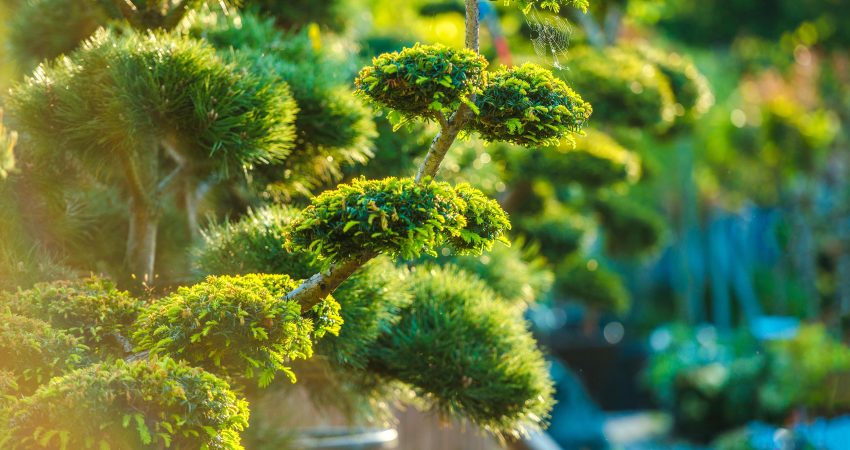Garden arts have a long-standing tradition of nurturing our souls, inspiring great creativity, and connecting us to nature in unique ways few other creative pursuits can. There is an array of garden arts styles available depending on where you live and the climate/cultural traditions. To find what truly excites you, take some time out of work to explore gardens, read magazines or browse cruise websites for ideas.
Classical Gardens
Classical gardens were the traditional landscape gardening style prevalent throughout Western Europe before the 20th century. They typically featured geometrically symmetrical shrubbery and a monochromatic flower bed. Furthermore, these highly manicured landscapes were inspired by mathematical design principles borrowed from Greeks and Romans.
Pictorial Gardens
Landscape gardeners of the late 18th and 19th centuries became increasingly interested in creating picturesque landscapes. This aesthetic was defined by contrasts: beauty versus sublime, drama versus subtlety. This aesthetic allowed designers to craft landscapes with an array of elements while maintaining a sense of naturalness.
Contemporary Modern Art
Landscape architects such as Piet Oudolf often incorporate contemporary art into their gardens. This can be done through sculpture or a work of contemporary art that complements and brings focus to the landscape.
Japanese Gardens
Japanese garden styles have long been noted for their use of natural materials to showcase nature’s splendor. Furthermore, these spaces often serve as symbols tied to Shinto spiritualism and the spirits that inhabit the land.
Water Gardens
Traditional Japanese gardens typically include a pond or stream, but are not limited to just water features. These gardens may also incorporate dry rock elements that symbolize Buddhist symbolism in an orderly pattern or randomly. Sometimes the rocks are even arranged to resemble waterfalls!
Borrowed Scena (shakkei)
Borrowed scenery, also known as borrowed scenery or shakkei, is a design element used to make small gardens appear larger than they actually are by including views of hills, trees or temples outside the garden. In some cases it may even form part of the overall design concept itself.
Abstract Gardens
Abstract gardening is a more contemporary style of garden design. It incorporates various plants with strong overall compositions based on plant forms and textures as well as color relationships between flowers. This style was popularized by T. H. Mawson in 1900 with his book The Art and Craft of Garden Making, published by Harper & Row.
Fun and Fanciful Gardening
Conjuring up a whimsical garden is an excellent way to foster connections with children. Add figurines, fairy lights or other charming garden items to add an extra layer of fantasy and wonderment to your outdoor space.
Bottle Art
If you have a collection of unique bottles and want them in your garden, consider creating a mosaic project or placing them on stakes. Alternatively, paint them with your favorite color for visual interest that blends in with the landscape.
